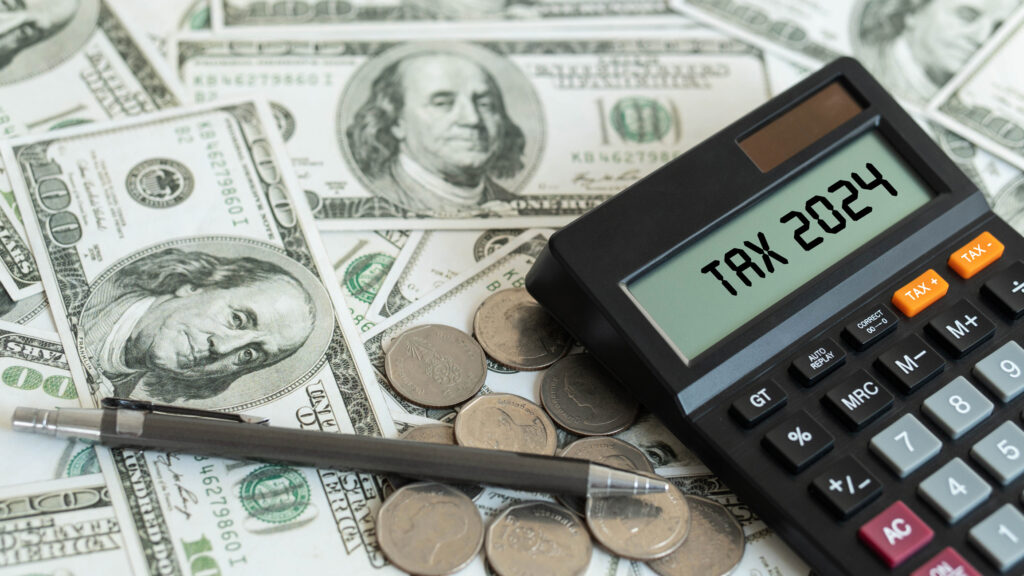Texas is a model of fiscal stability compared to most other states—with one glaring exception. The Lone Star State is one hurricane away from bankrupting its state-run wind insurance pool.
The Texas Windstorm Insurance Association (TWIA), the state’s insurance market of last resort for coastal property owners who don’t have private insurance, is living on borrowed time and borrowed money.
“Premium rates for the 228,000-plus Texas properties insured by TWIA have been artificially suppressed for so long that the company has been trying to exist with $70 billion in unfunded liabilities,” wrote Bud Schauerte in an editorial in the online journal, Lone Star Report. “Last year’s hurricanes, Dolly and Ike, were the final depredations, leaving TWIA reserves depleted. The company essentially is broke.”
Gutting Private Market
Bill Peacock, vice president of research and administration at the Texas Public Policy Foundation, argues TWIA has harmed the state’s private insurance market.
“TWIA has essentially eliminated the availability of private windstorm insurance for the vast majority of property owners in first-tier counties, particularly on barrier islands,” Peacock said. “It has done so by undercutting the private market on prices, but it has also given private insurance companies an excuse not to write policies in these high-risk areas. If they were avoiding these areas without TWIA’s presence, they’d be getting hammered in Austin [the state capitol].”
The real problem with the Texas property insurance market lies not with any need for more regulations but in the state’s reliance on a residual market to cover its windstorm risk, according to Peacock. By reducing the risks involved with owing a coastal home, the government is rewarding risky behavior and instilling a false sense of security, he said.
Role Has Expanded
TWIA was never meant to be the chief provider of windstorm insurance for Texans. It was intended to be noncompetitive with the private market and to act only as an “insurer of last resort” covering homes otherwise unable to find sufficient coverage.
Due to the high risks of covering coastal homes and the politicization of the ratemaking process, however, insurance rates have been forced down to where few private insurers can compete and few are willing to try.
Texas legislators struggled last session to keep coastal voters happy by stabilizing TWIA with new funding sources. The legislature made some changes to windstorm law that improved the process, but rates remain artificially low, Peacock said. He is unsure whether the new reforms will be sufficient to save TWIA.
“It is too early to tell,” Peacock said. “The changes were just passed a little over a month ago. They did contain some marginal improvements to the rate-setting process, but not nearly enough.
“The big problem with the reforms is that the legislature essentially punted on this issue,” Peacock added. “If Texas has a big storm this summer that costs TWIA more than $2.5 billion in claims, there is no way to pay for it. The legislature will have to come back for a special session and deal with it then. So insurance companies are off the hook, and coastal property owners are off the hook, but Texas taxpayers and consumers still have a lot to worry about.”
Rate Hikes Needed
Schauerte and Peacock agree significant TWIA rate hikes will be needed to reinvigorate the private market. TWIA’s low premium rates discourage commercial insurance companies from insuring high-risk properties in Texas, they say.
Under a worst-case scenario—multiple hurricanes, multibillions in damages—the governor might have to call a special session of the legislature to allow insurance premiums to be competitively risk-rated so that the higher the risk, the higher the premium paid.
Significant rate hikes over multiple years may be needed to stabilize TWIA, Peacock says.
“TWIA has a lot of years of maximum rate hikes before it gets back into the black,” Peacock noted. “This year is just the first step. To get to where we need to be, the Texas Legislature really needs to come back and give TWIA the flexibility to set actuarially sound, rather than politically driven, rates.”
Matthew Glans ([email protected]) is a legislative specialist in insurance and finance at The Heartland Institute.




